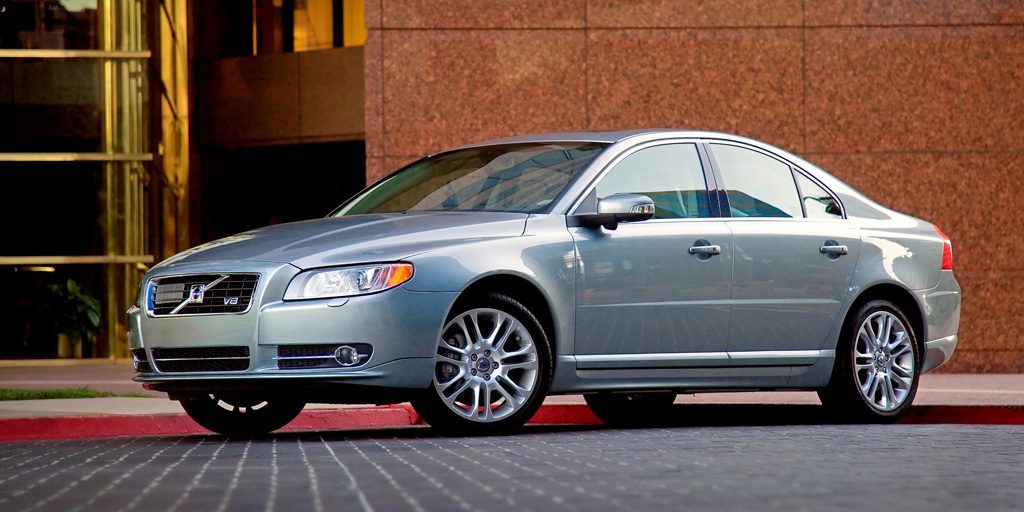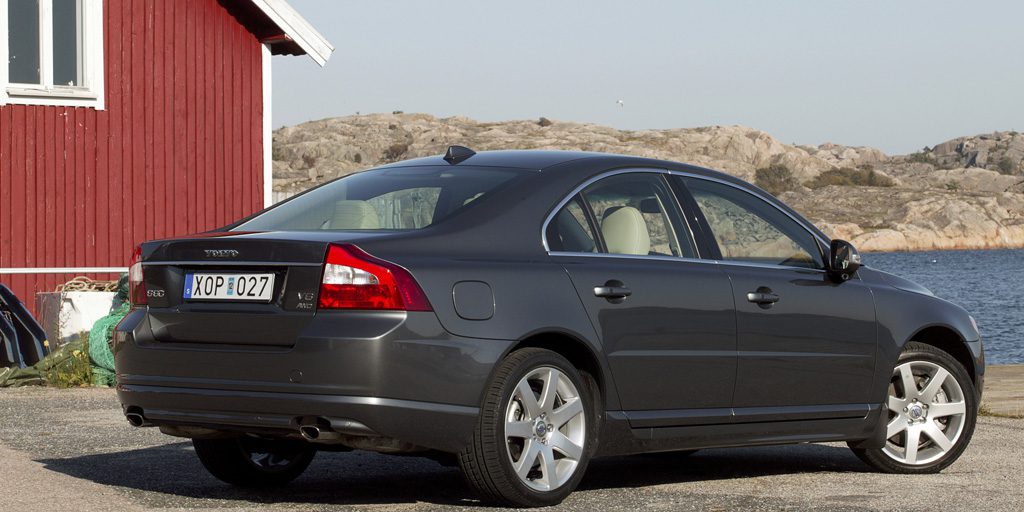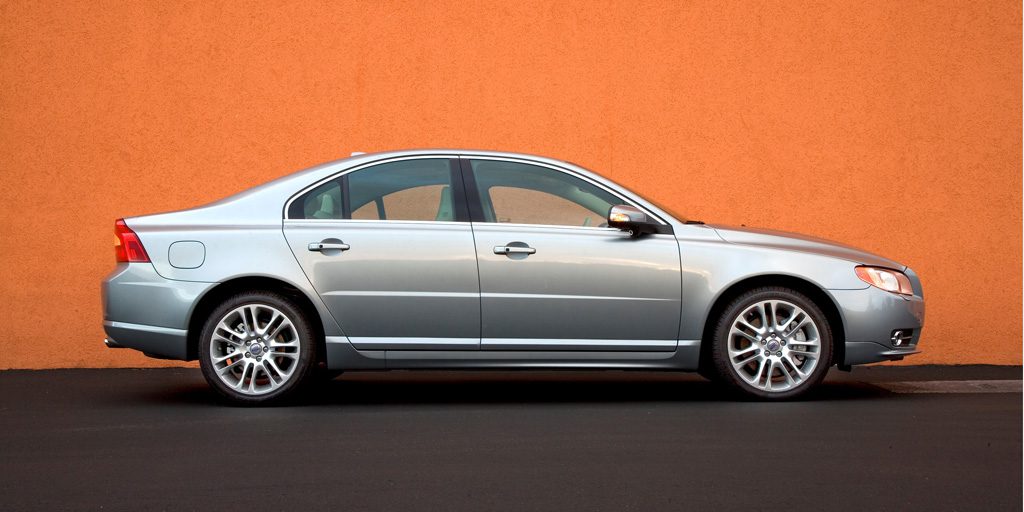| Premium large car; Built in Sweden |
|
|
| Good condition price range: $6,700 – $33,900* |

2007 Volvo S80

2007 Volvo S80

2007 Volvo S80

2007 Volvo S80
| Pros: |
|
| Cons: |
|
Stylish and comfortable, Volvo’s redesigned S80 nevertheless cannot match the brand cachet and the sportiness or pure luxury of the best in this class. Regular six-cylinder versions trail rivals for power, and haven’t been offered with all-wheel drive. V8 models and the turbocharged T6 are more in line with luxury buyers’ expectations, and new-car prices have undercut V8-powered competitors. Resale values have been around average, so used-car prices might appeal.
Overview
Volvo’s flagship sedan was redesigned for 2007, and became the automaker’s first car available with a V8 engine. Styling evolved from the 1999-2006 design, and dimensions changed little, inside or out. Two versions were offered, with new engines. The 3.2 model had front-wheel drive and a 235-horsepower inline six-cylinder engine. The S80 V8 had all-wheel drive and a Yamaha-developed 311-hp, 4.4-liter V8, similar to the one used in Volvo’s XC90 SUV. A six-speed automatic was the sole transmission. Previous S80s had a five-cylinder engine and five-speed automatic.
Antilock braking and traction/antiskid control were standard. So were front side airbags and curtain side airbags. Adaptive cruise control with a collision warning function was a new S80 option. Another new option was Volvo’s Blind Spot Information System (BLIS), with a mirror-mounted camera that detected and warned of nearby objects that might otherwise go unseen by the driver. An optional Sport Package included driver-adjustable power-steering settings and Volvo’s Four-C adaptive suspension, with Comfort, Sport, and Advanced settings. Other options included a navigation system and DVD entertainment.
An S80 could also be equipped with a Personal Car Communicator, including a heartbeat sensor that could warn if a person was inside the car from yards away. Available Ready Alert Brakes were designed to pre-charge the braking system if an imminent collision was detected. Volvo’s S80 competed against such models as the Acura RL, Audi A6, and Cadillac DTS.
Yearly Updates
| 2008 S80 A new performance-oriented version of the S80 debuted for 2008. The all-wheel-drive T6 sedan held a turbocharged 281-horsepower, 3.0-liter inline six-cylinder engine and Volvo’s six-speed automatic transmission. |
| 2009 S80 A new Convenience Package offered front- and rear-obstacle detection, rear audio controls, and keyless access and engine start. The Sport Package was discontinued. |
| 2010 S80 The 2010 Volvo S80 received revised option packages and was available with a slightly retuned base engine. New in 2010 was a Partial Zero Emissions (PZEV) version of the 6-cylinder engine that produces 225 horsepower. It was designed to produce fewer emissions while getting better fuel economy than the 235-horsepower version. |
| 2011 S80 The 2011 Volvo S80 lineup lost its V8 model, while the 3.2-liter six gained five horsepower (to 240) and the T6’s 3.0-liter turbo six gained 19 horsepower (to 300). |
| 2012 S80 Some new option packages and a revised dashboard marked the 2012 edition of the Volvo S80. |
| 2013 S80 All 2013 S80 models added standard headlamp washers, rain-sensing windshield wipers, keyless entry, push-button start, and Volvo’s Personal Car Communicator (PCC) keyfob. Other new features included an automatic tunnel-detection mode for the headlamps, a redesigned gear lever, additional functionality for the Sensus entertainment control interface, and a couple new paint colors. The available technology package added Active High Beam functionality to the headlamps and a Road Sign Information system that was able to display roadside speed limit signs in the car’s instrument cluster. |
| 2014 S80 The Volvo S80 received modestly updated exterior styling for the 2014 model year. Interior tweaks included a new steering wheel and gearshift lever. There was also a new digital instrument cluster with three different driver-selectable displays. The optional Climate Package now included a heated windshield and a heated steering wheel. T6 AWD models could now be ordered with 19-inch wheels and a lowered suspension. |
